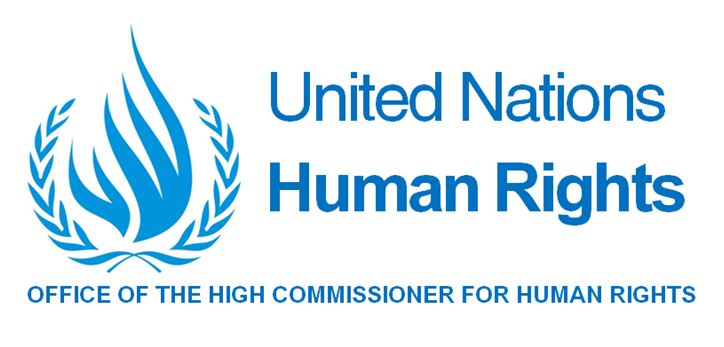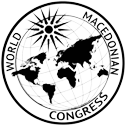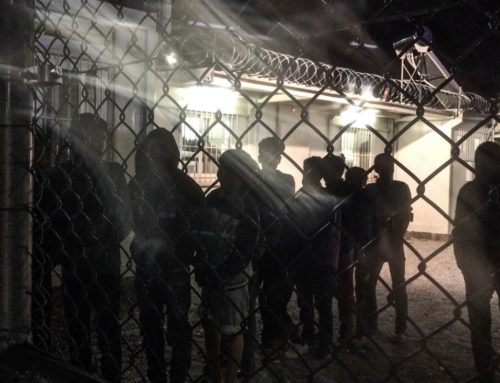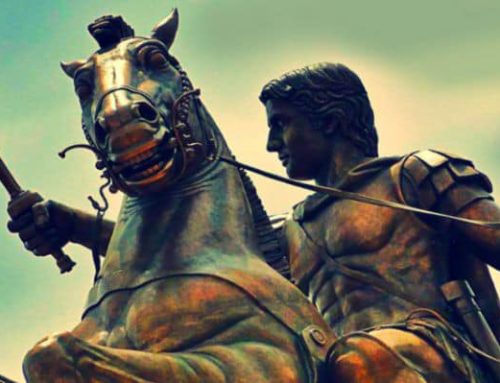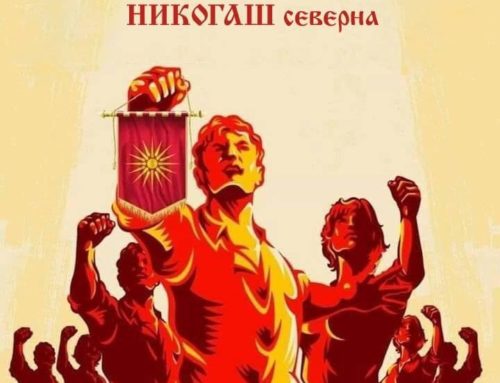What are your human rights?
Let’s start with some basic human rights definitions:
Human: noun
A member of the Homo sapiens species; a man, woman or child; a person.
Rights: noun
Things to which you are entitled or allowed; freedoms that are guaranteed.
Human Rights: noun
The rights you have simply because you are human.
If you were to ask people in the street, “What are human rights?” you would get many different answers. They would tell you the rights they know about, but very few people know all their rights.
As covered in the definitions above, a right is a freedom of some kind. It is something to which you are entitled by virtue of being human.
Human rights are based on the principle of respect for the individual. Their fundamental assumption is that each person is a moral and rational being who deserves to be treated with dignity. They are called human rights because they are universal. Whereas nations or specialized groups enjoy specific rights that apply only to them, human rights are the rights to which everyone is entitled—no matter who they are or where they live—simply because they are alive.
Yet many people, when asked to name their rights, will list only freedom of speech and belief and perhaps one or two others. There is no question these are important rights, but the full scope of human rights is very broad. They mean choice and opportunity. They mean the freedom to obtain a job, adopt a career, select a partner of one’s choice and raise children. They include the right to travel widely and the right to work gainfully without harassment, abuse and threat of arbitrary dismissal. They even embrace the right to leisure.
In ages past, there were no human rights. Then the idea emerged that people should have certain freedoms. And that idea, in the wake of World War II, resulted finally in the document called the Universal Declaration of Human Rights and the thirty rights to which all people are entitled.
A BRIEF HISTORY OF HUMAN RIGHTS
The Cyrus Cylinder (539 B.C.)
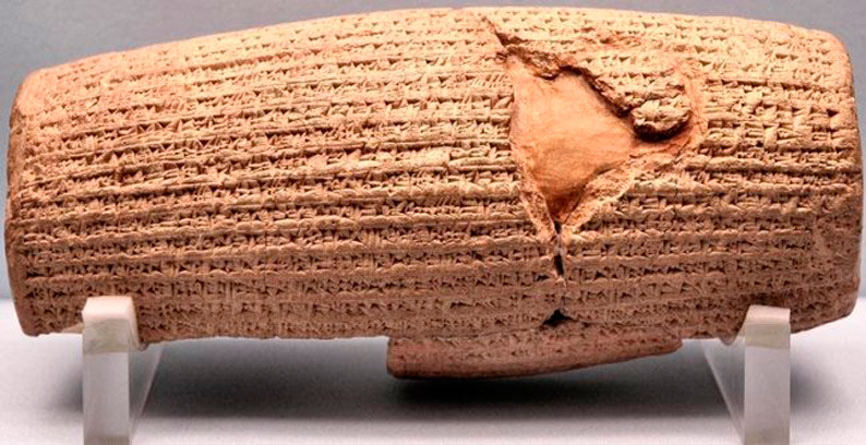
The decrees Cyrus made on human rights were inscribed in the Akkadian language on a baked-clay cylinder.
In 539 B.C., the armies of Cyrus the Great, the first king of ancient Persia, conquered the city of Babylon. But it was his next actions that marked a major advance for Man. He freed the slaves, declared that all people had the right to choose their own religion, and established racial equality. These and other decrees were recorded on a baked-clay cylinder in the Akkadian language with cuneiform script.
Known today as the Cyrus Cylinder, this ancient record has now been recognized as the world’s first charter of human rights. It is translated into all six official languages of the United Nations and its provisions parallel the first four Articles of the Universal Declaration of Human Rights.
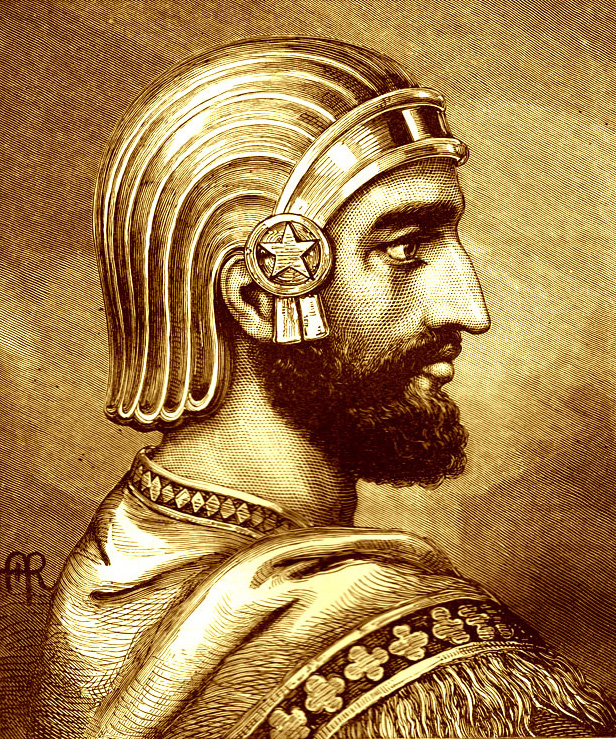
Cyrus the Great, the first king of Persia, freed the slaves of Babylon, 539 B.C.
The Spread of Human Rights
From Babylon, the idea of human rights spread quickly to India, Greece and eventually Rome. There the concept of “natural law” arose, in observation of the fact that people tended to follow certain unwritten laws in the course of life, and Roman law was based on rational ideas derived from the nature of things.
Documents asserting individual rights, such as the Magna Carta (1215), the Petition of Right (1628), the US Constitution (1787), the French Declaration of the Rights of Man and of the Citizen (1789), and the US Bill of Rights (1791) are the written precursors to many of today’s human rights documents.
A BRIEF HISTORY
OF
HUMAN RIGHTS
The Magna Carta (1215)
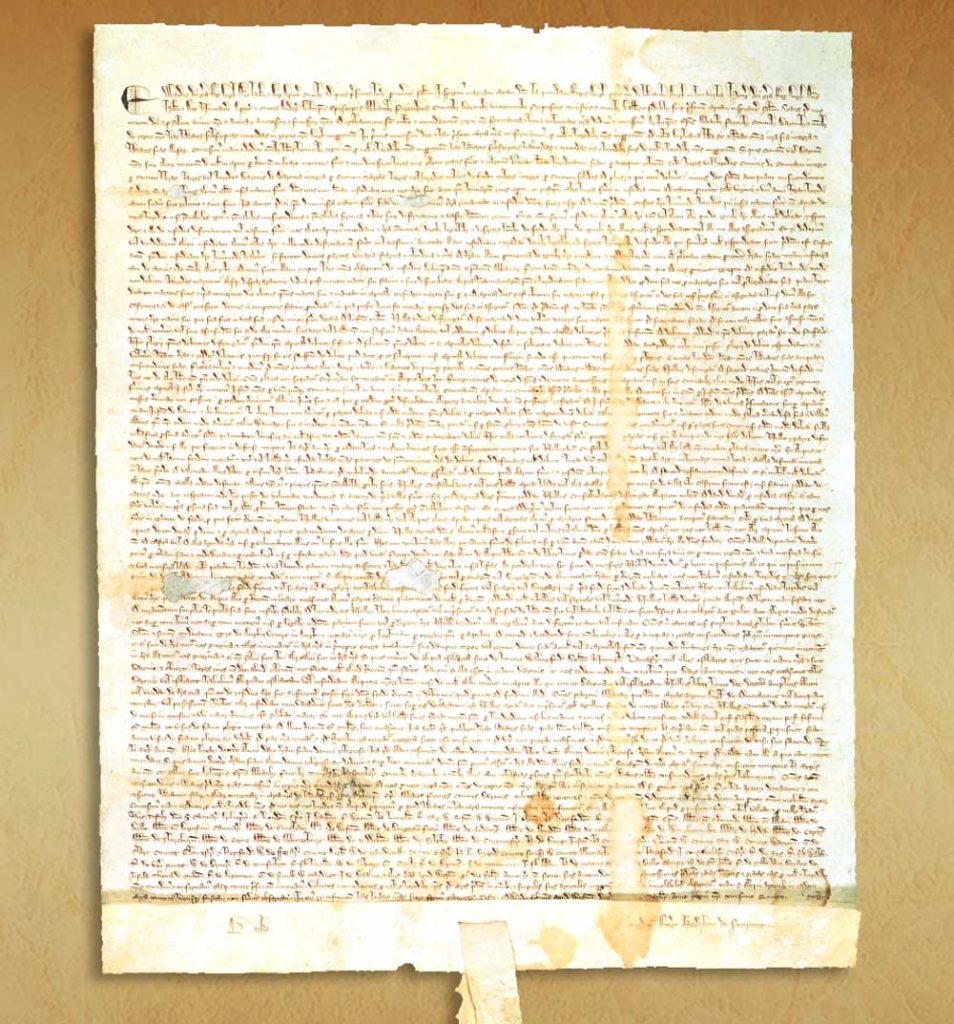
Magna Carta, or “Great Charter,” signed by the King of England in 1215, was a turning point in human rights.
The Magna Carta, or “Great Charter,” was arguably the most significant early influence on the extensive historical process that led to the rule of constitutional law today in the English-speaking world.
In 1215, after King John of England violated a number of ancient laws and customs by which England had been governed, his subjects forced him to sign the Magna Carta, which enumerates what later came to be thought of as human rights. Among them was the right of the church to be free from governmental interference, the rights of all free citizens to own and inherit property and to be protected from excessive taxes. It established the right of widows who owned property to choose not to remarry, and established principles of due process and equality before the law. It also contained provisions forbidding bribery and official misconduct.
Widely viewed as one of the most important legal documents in the development of modern democracy, the Magna Carta was a crucial turning point in the struggle to establish freedom.
Petition of Right (1628)
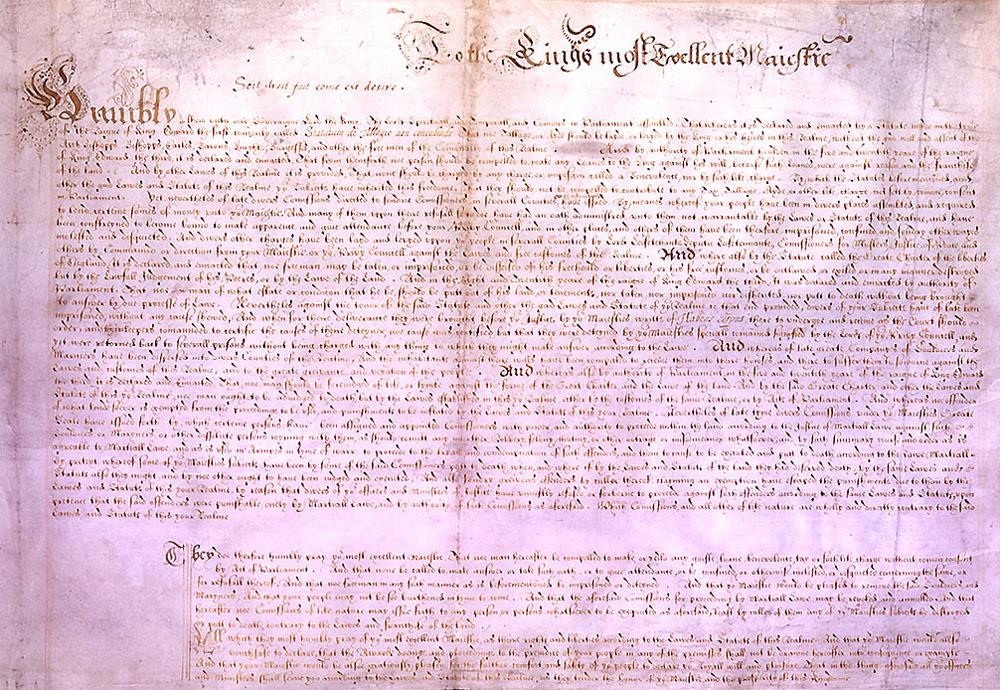
In 1628 the English Parliament sent this statement of civil liberties to King Charles I.
The next recorded milestone in the development of human rights was the Petition of Right, produced in 1628 by the English Parliament and sent to Charles I as a statement of civil liberties. Refusal by Parliament to finance the king’s unpopular foreign policy had caused his government to exact forced loans and to quarter troops in subjects’ houses as an economy measure. Arbitrary arrest and imprisonment for opposing these policies had produced in Parliament a violent hostility to Charles and to George Villiers, the Duke of Buckingham. The Petition of Right, initiated by Sir Edward Coke, was based upon earlier statutes and charters and asserted four principles: (1) No taxes may be levied without consent of Parliament, (2) No subject may be imprisoned without cause shown (reaffirmation of the right of habeas corpus), (3) No soldiers may be quartered upon the citizenry, and (4) Martial law may not be used in time of peace.
United States Declaration of Independence (1776)
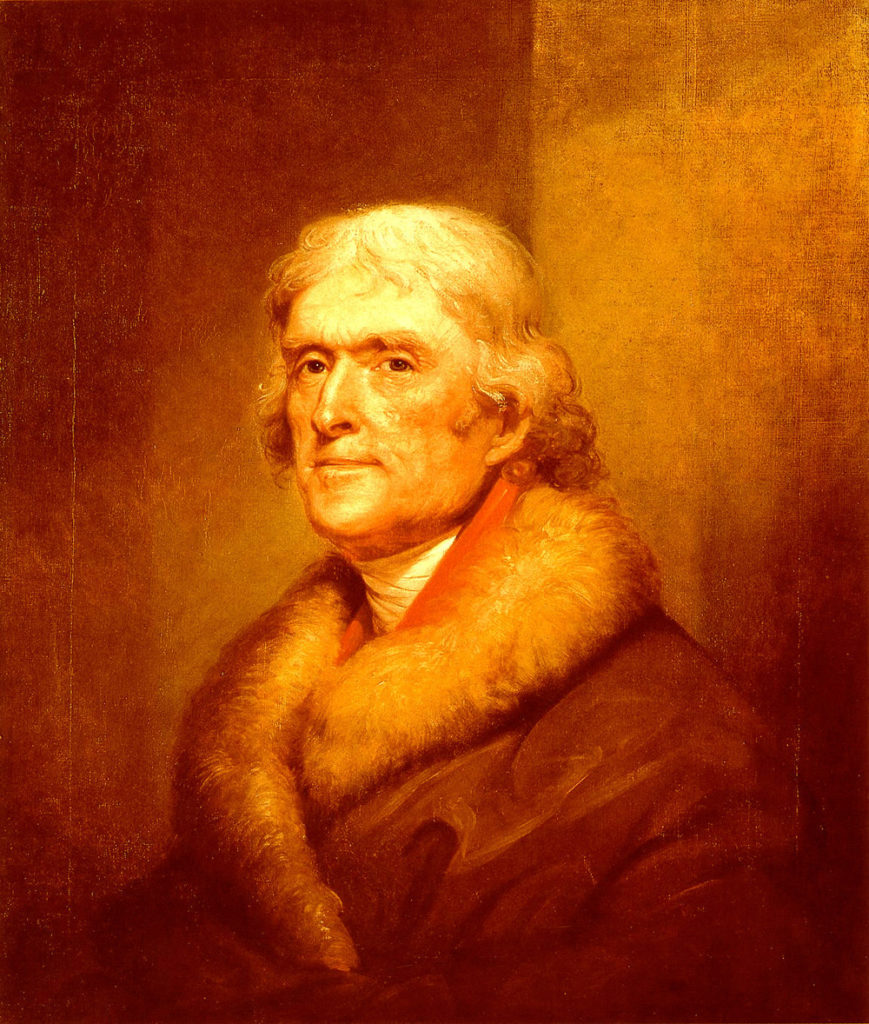
In 1776, Thomas Jefferson penned the American Declaration of Independence.
On July 4, 1776, the United States Congress approved the Declaration of Independence. Its primary author, Thomas Jefferson, wrote the Declaration as a formal explanation of why Congress had voted on July 2 to declare independence from Great Britain, more than a year after the outbreak of the American Revolutionary War, and as a statement announcing that the thirteen American Colonies were no longer a part of the British Empire. Congress issued the Declaration of Independence in several forms. It was initially published as a printed broadsheet that was widely distributed and read to the public.
Philosophically, the Declaration stressed two themes: individual rights and the right of revolution. These ideas became widely held by Americans and spread internationally as well, influencing in particular the French Revolution.
The Constitution of the United States of America (1787) and Bill of Rights (1791)
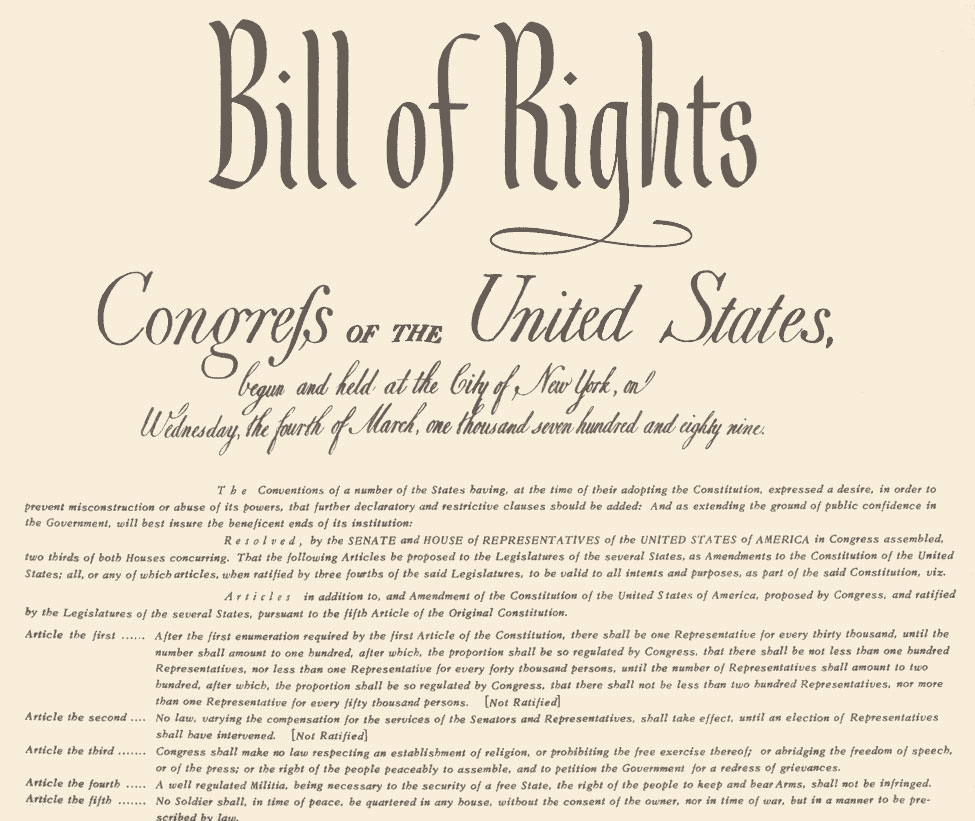
The Bill of Rights of the US Constitution protects basic freedoms of United States citizens.
Written during the summer of 1787 in Philadelphia, the Constitution of the United States of America is the fundamental law of the US federal system of government and the landmark document of the Western world. It is the oldest written national constitution in use and defines the principal organs of government and their jurisdictions and the basic rights of citizens.
The first ten amendments to the Constitution—the Bill of Rights—came into effect on December 15, 1791, limiting the powers of the federal government of the United States and protecting the rights of all citizens, residents and visitors in American territory.
The Bill of Rights protects freedom of speech, freedom of religion, the right to keep and bear arms, the freedom of assembly and the freedom to petition. It also prohibits unreasonable search and seizure, cruel and unusual punishment and compelled self-incrimination. Among the legal protections it affords, the Bill of Rights prohibits Congress from making any law respecting establishment of religion and prohibits the federal government from depriving any person of life, liberty or property without due process of law. In federal criminal cases it requires indictment by a grand jury for any capital offense, or infamous crime, guarantees a speedy public trial with an impartial jury in the district in which the crime occurred, and prohibits double jeopardy.
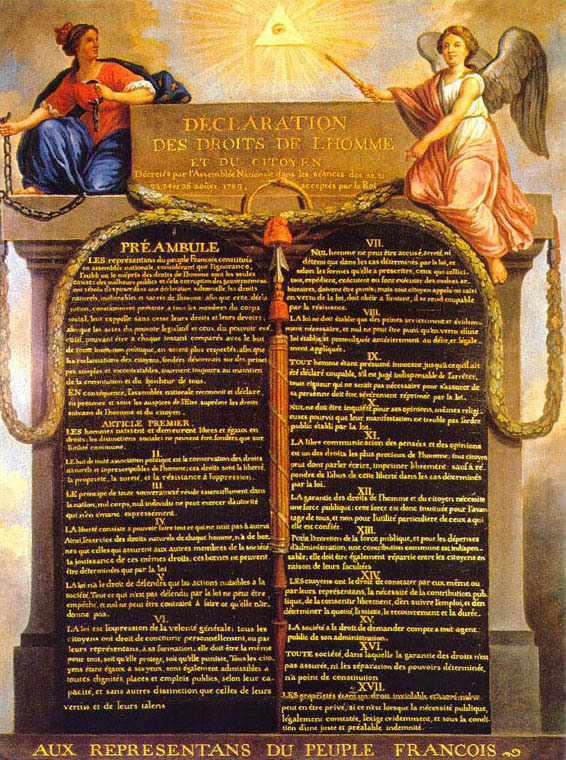
Following the French Revolution in 1789, the Declaration of the Rights of Man and of the Citizen granted specific freedoms from oppression, as an “expression of the general will.”
Declaration of the
Rights of Man and of the Citizen (1789)
In 1789 the people of France brought about the abolishment of the absolute
monarchy and set the stage for the establishment of the first French Republic.
Just six weeks after the storming of the Bastille, and barely three weeks after
the abolition of feudalism, the Declaration of the Rights of Man and of the
Citizen (French: La Déclaration des Droits de l’Homme et du Citoyen) was adopted
by the National Constituent Assembly as the first step toward writing a
constitution for the Republic of France.
The Declaration proclaims that all citizens are to be guaranteed the rights of “liberty, property, security, and resistance to oppression.” It argues that the need for law derives from the fact that “…the exercise of the natural rights of each man has only those borders which assure other members of the society the enjoyment of these same rights.” Thus, the Declaration sees law as an “expression of the general will,“ intended to promote this equality of rights and to forbid “only actions harmful to the society.”
The First Geneva Convention (1864)
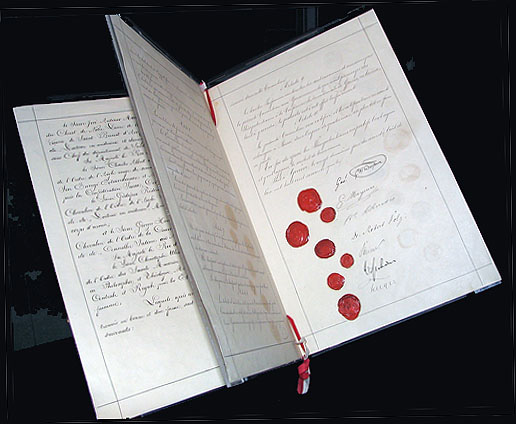
The original document from the first Geneva Convention in 1864 provided for care to wounded soldiers.
In 1864, sixteen European countries and several American states attended a conference in Geneva, at the invitation of the Swiss Federal Council, on the initiative of the Geneva Committee. The diplomatic conference was held for the purpose of adopting a convention for the treatment of wounded soldiers in combat.
The main principles laid down in the Convention and maintained by the later Geneva Conventions provided for the obligation to extend care without discrimination to wounded and sick military personnel and respect for and marking of medical personnel transports and equipment with the distinctive sign of the red cross on a white background.
The United Nations (1945)
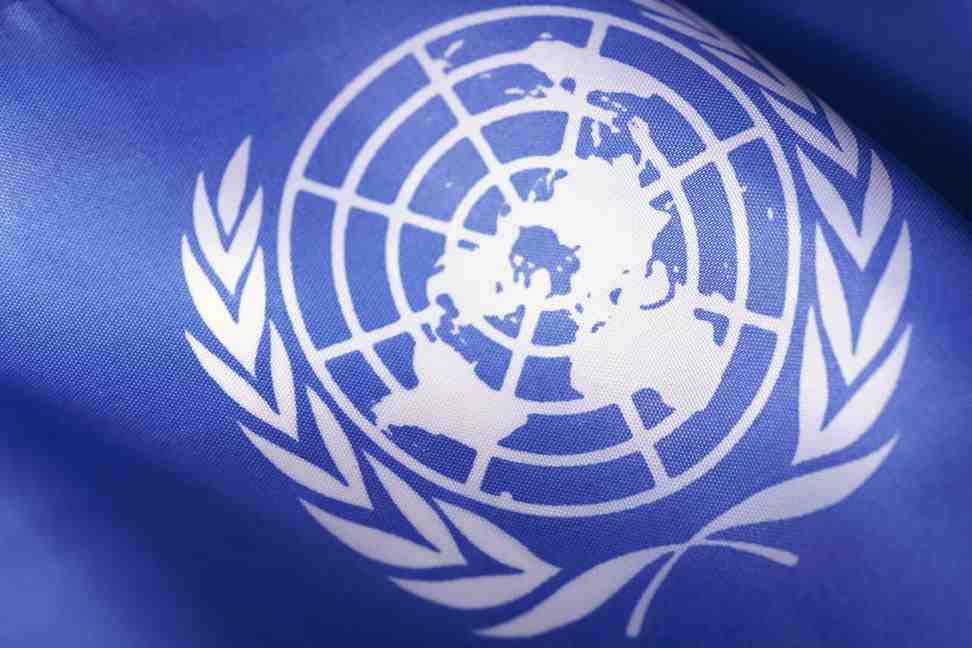
World War II had raged from 1939 to 1945, and as the end drew near, cities throughout Europe and Asia lay in smoldering ruins. Millions of people were dead, millions more were homeless or starving. Russian forces were closing in on the remnants of German resistance in Germany’s bombed-out capital of Berlin. In the Pacific, US Marines were still battling entrenched Japanese forces on such islands as Okinawa.
In April 1945, delegates from fifty countries met in San Francisco full of optimism and hope. The goal of the United Nations Conference on International Organization was to fashion an international body to promote peace and prevent future wars. The ideals of the organization were stated in the preamble to its proposed charter: “We the peoples of the United Nations are determined to save succeeding generations from the scourge of war, which twice in our lifetime has brought untold sorrow to mankind.”
The Charter of the new United Nations organization went into effect on October 24, 1945, a date that is celebrated each year as United Nations Day.
The Universal Declaration of Human Rights (1948)
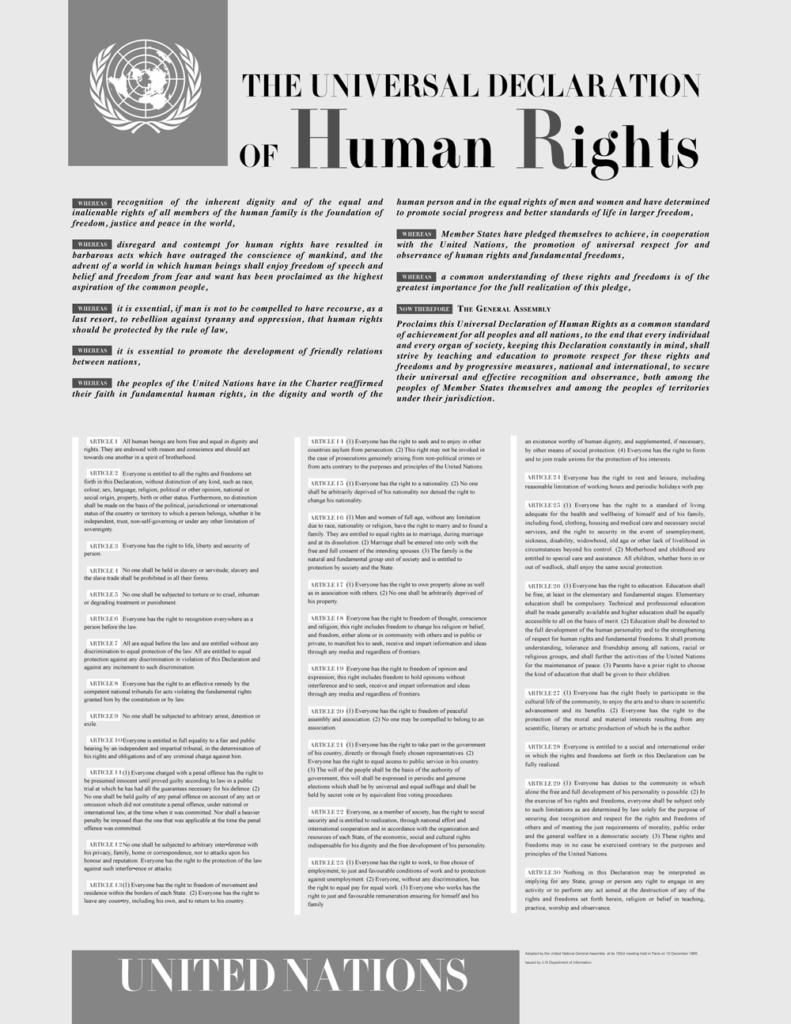
The Universal Declaration of Human Rights has inspired a number of other human rights laws and treaties throughout the world.
By 1948, the United Nations’ new Human Rights Commission had captured the world’s attention. Under the dynamic chairmanship of Eleanor Roosevelt—President Franklin Roosevelt’s widow, a human rights champion in her own right and the United States delegate to the UN—the Commission set out to draft the document that became the Universal Declaration of Human Rights. Roosevelt, credited with its inspiration, referred to the Declaration as the international Magna Carta for all mankind. It was adopted by the United Nations on December 10, 1948.
In its preamble and in Article 1, the Declaration unequivocally proclaims the inherent rights of all human beings: “Disregard and contempt for human rights have resulted in barbarous acts which have outraged the conscience of mankind, and the advent of a world in which human beings shall enjoy freedom of speech and belief and freedom from fear and want has been proclaimed as the highest aspiration of the common people…All human beings are born free and equal in dignity and rights.”
The Member States of the United Nations pledged to work together to promote the thirty Articles of human rights that, for the first time in history, had been assembled and codified into a single document. In consequence, many of these rights, in various forms, are today part of the constitutional laws of democratic nations.
UNIVERSAL
DECLARATION OF
HUMAN RIGHTS
AN INTRODUCTION
On October 24, 1945, in the aftermath of World War II, the United Nations came into being as an intergovernmental organization, with the purpose of saving future generations from the devastation of international conflict.
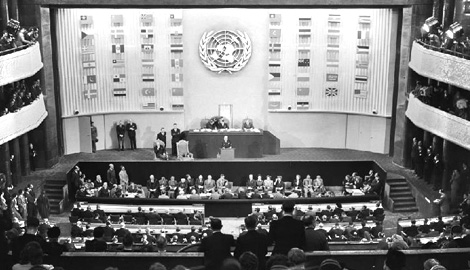
United Nations representatives from all regions of the world formally adopted the Universal Declaration of Human Rights on December 10, 1948.
The Charter of the United Nations established six principal bodies, including the General Assembly, the Security Council, the International Court of Justice, and in relation to human rights, an Economic and Social Council (ECOSOC).
The UN Charter empowered ECOSOC to establish “commissions in economic and social fields and for the promotion of human rights….” One of these was the United Nations Human Rights Commission, which, under the chairmanship of Eleanor Roosevelt, saw to the creation of the Universal Declaration of Human Rights.
The Declaration was drafted by representatives of all regions of the world and encompassed all legal traditions. Formally adopted by the United Nations on December 10, 1948, it is the most universal human rights document in existence, delineating the thirty fundamental rights that form the basis for a democratic society.
Following this historic act, the Assembly called upon all Member Countries to publicize the text of the Declaration and “to cause it to be disseminated, displayed, read and expounded principally in schools and other educational institutions, without distinction based on the political status of countries or territories.”
Today, the Declaration is a living document that has been accepted as a contract between a government and its people throughout the world. According to the Guinness Book of World Records, it is the most translated document in the world.
Please click on Title below and read the full document;
UNIVERSAL DECLARATION OF HUMAN RIGHTS
OFFICIAL DOCUMENT
Article Above brought to you by

